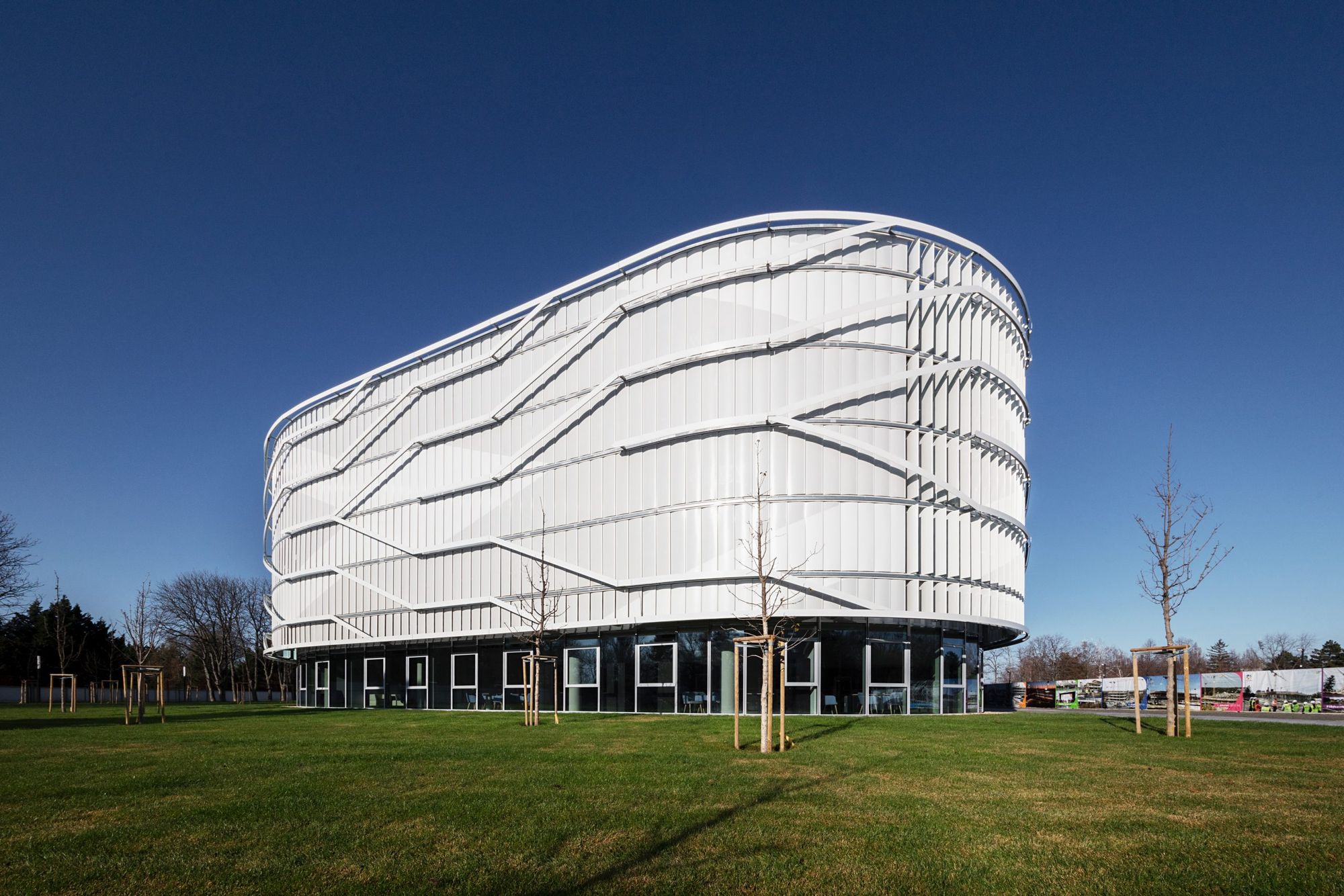The first educational building forming part of the new complex built for the Faculty of Economics and Business of John von Neumann University was completed last fall. The campus not only satisfies the needs of the present, but also meets the requirements expected to prevail in education in the future, and in addition to its educative function, it also wishes to be a primary venue of the local community’s social life.
In the Kecskemét Campus, progressive trends and the needs of the present meet. The general designer LIMA Design and the architects Bánáti + Hartvig Architects ensured the user-friendliness of the school building constructed in the first phase of the project with a logical and transparent layout and innovative solutions. The most prominent examples of the latter are the great auditorium and the “stock egg”.
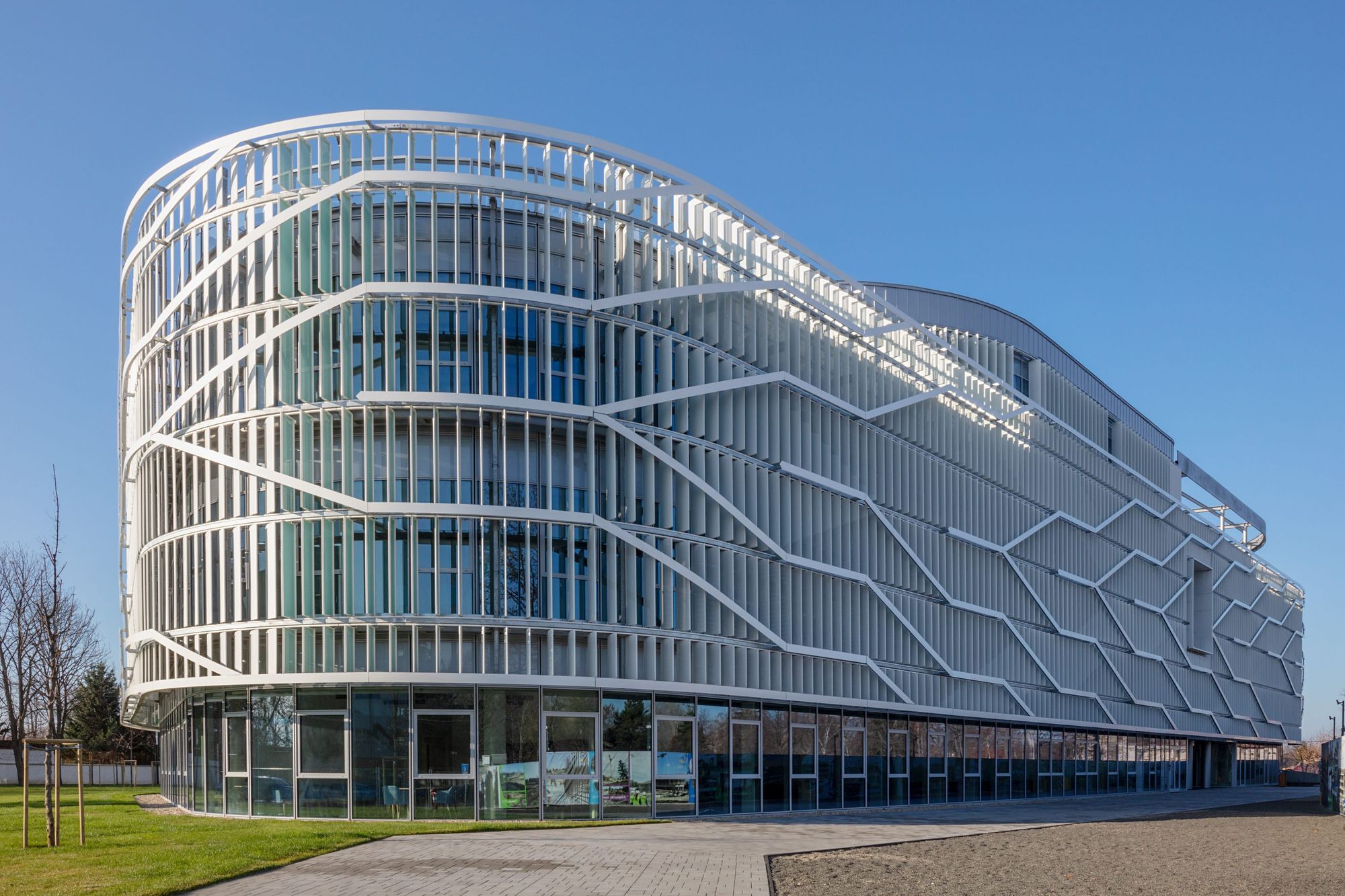
The layout of the auditorium can be varied freely to practically serve the needs of groups of different size: the room is equipped with a stage system, and thus the lecture hall seating a total of 500 people can be transformed into three rooms (with a capacity of 300, 120 and 80 persons) by rotating two circular areas with a rising platform. This technique allows several lectures to be held in parallel at the same venue, but separated from each other, for larger groups of people. By opening up the separated areas, it becomes possible to host programs for a broader audience, too.
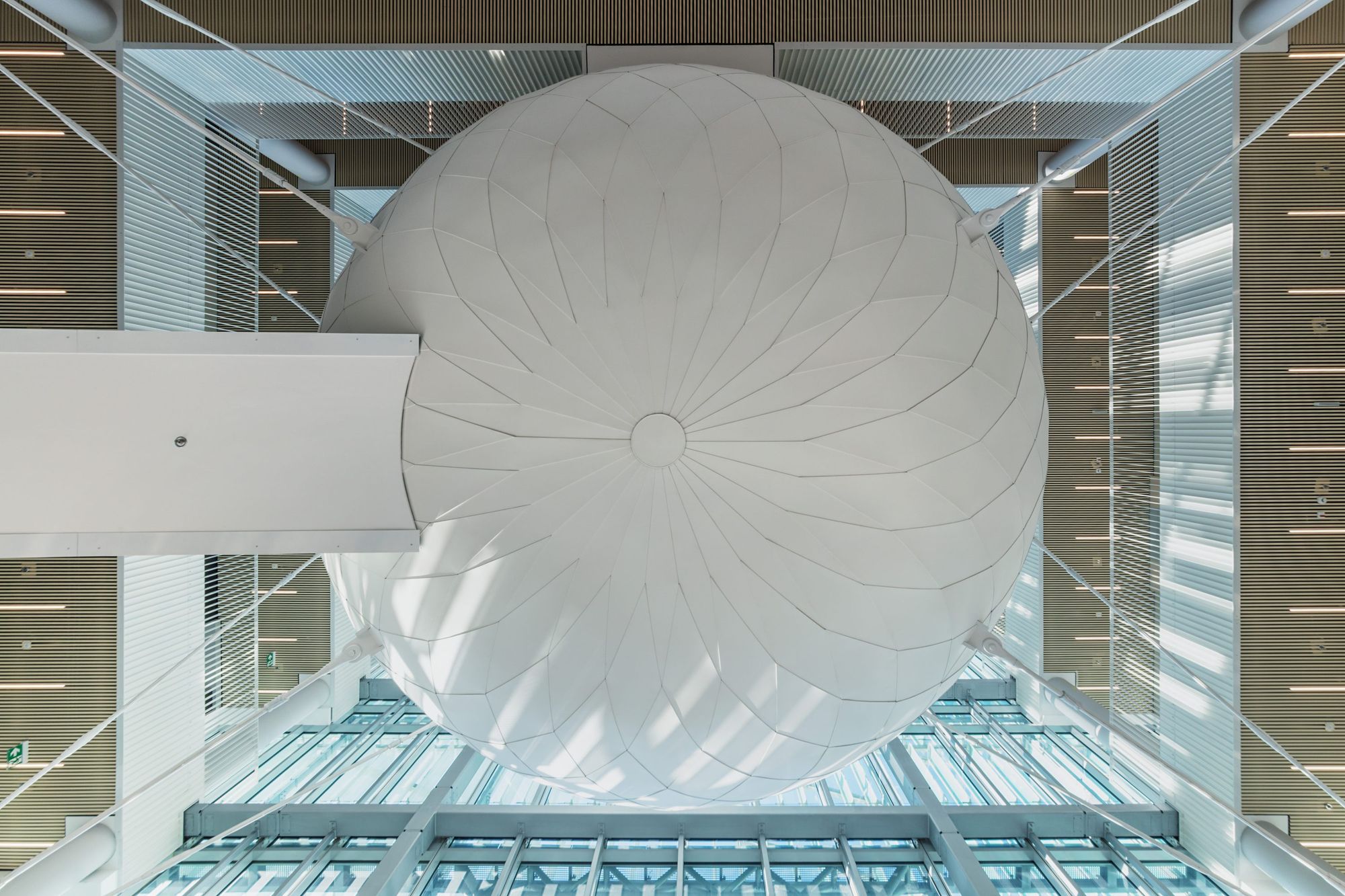
Three meters above hall level hangs an element dubbed the “stock egg,” which is probably the most exciting part of the building. The thirteen-meter high steel object weighing almost 88 tons stretched with wire ropes to eight points is a space within the space: it gives home to a tablet room and a stock market room, in which the students get a proper technical and technological background for modeling business life, for instance, they can get an understanding of economic matters by imitating stock exchange processes. The shape of the egg is not a coincidence, either: it symbolizes the birth of knowledge.
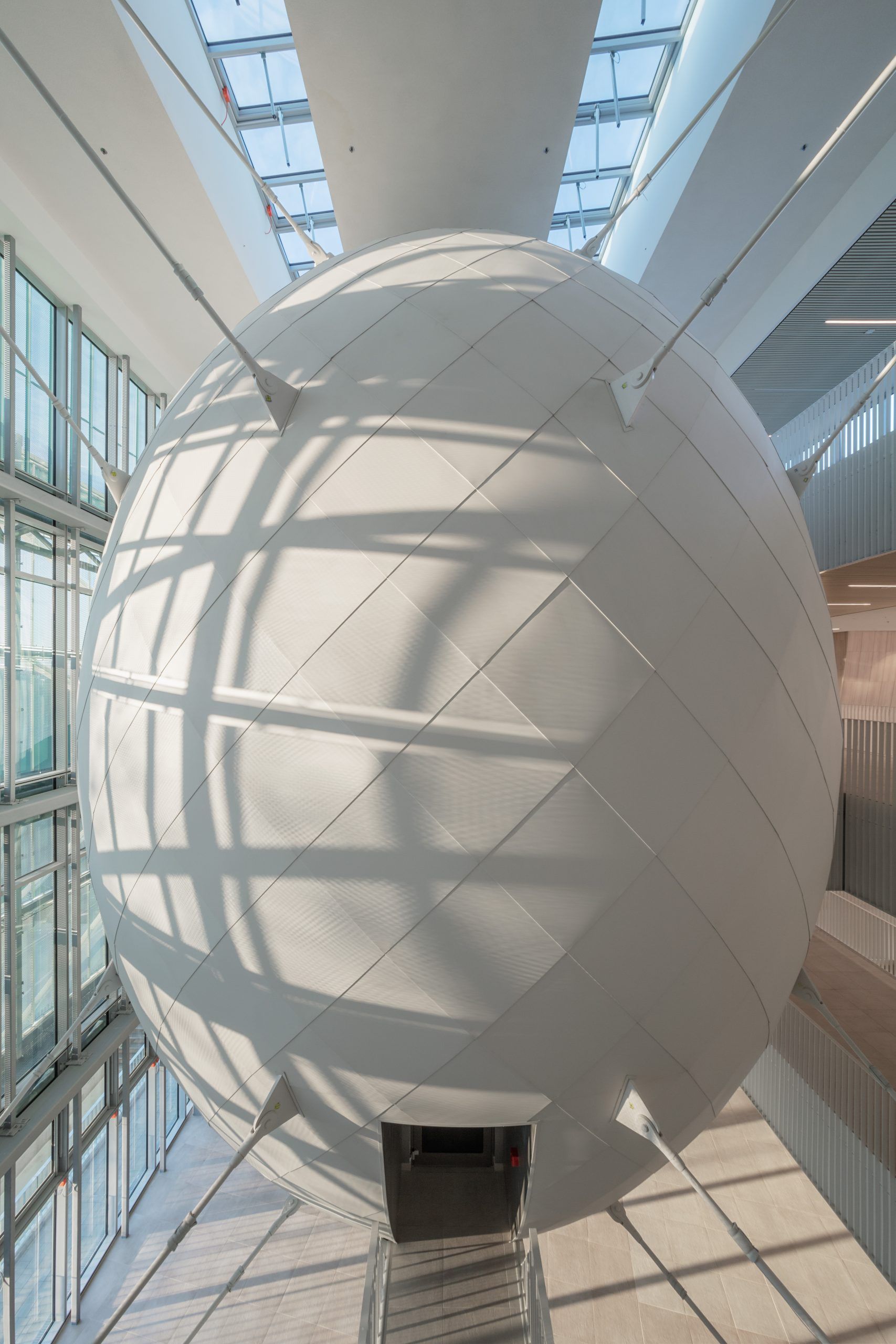
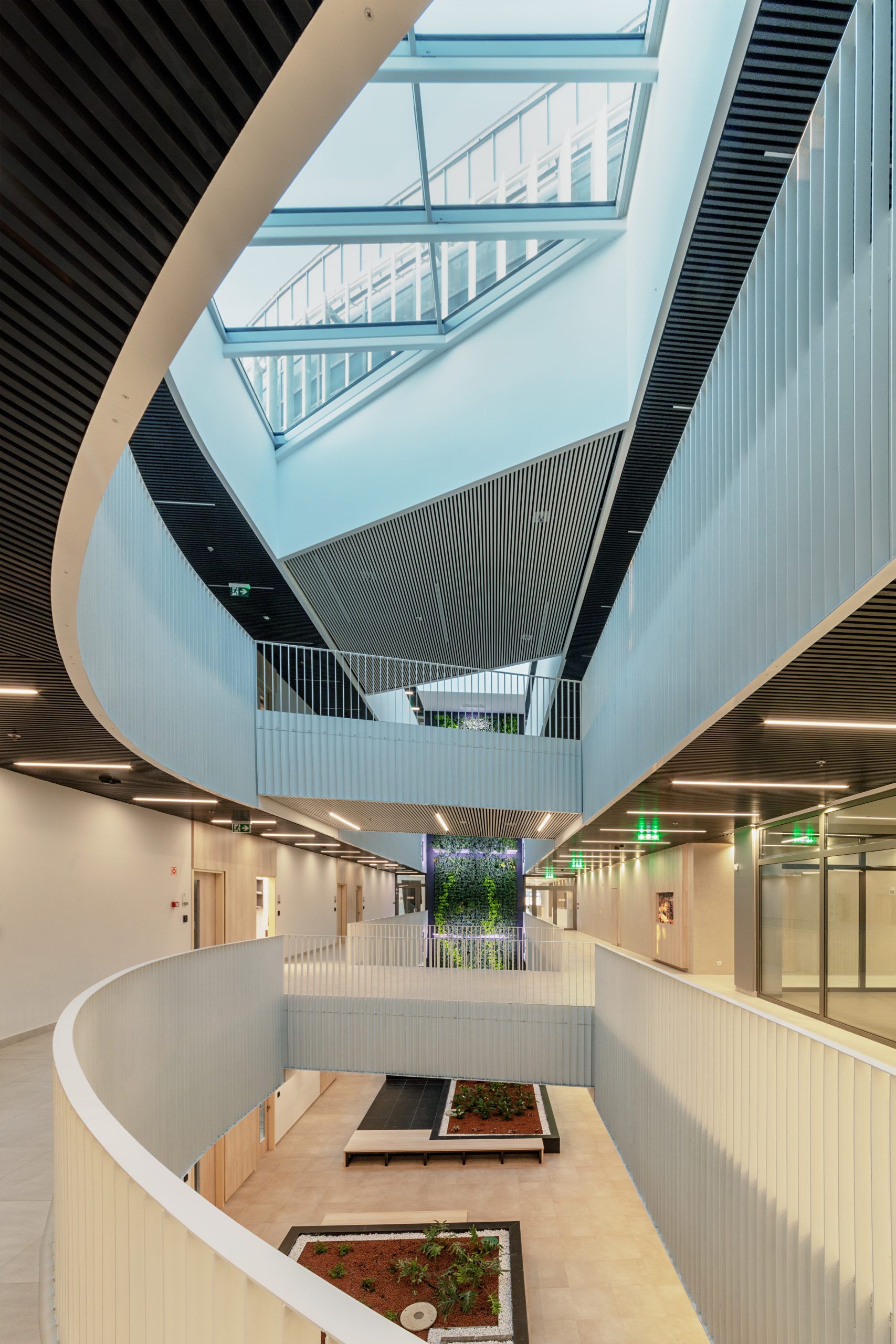
The innovative character of the building also entails eco-conscious solutions as the brine-water heat pump satisfying all heating-cooling needs, the energy source of which is ensured by more than a hundred 100-meter long geothermal probes. In addition to these, solar panels and tanks suitable for collecting rainwater were also installed on the roof.
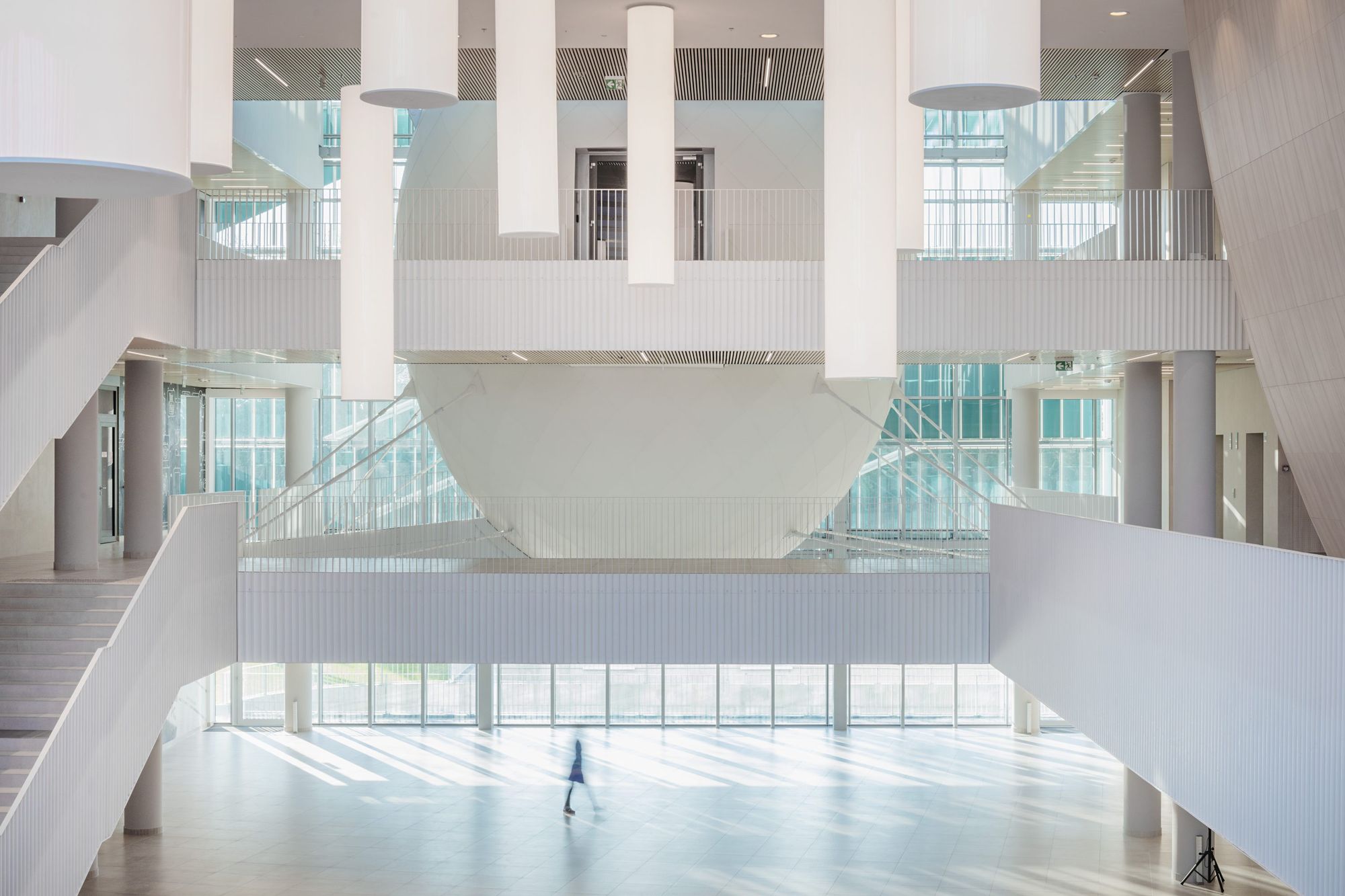
The future goal of the campus’s development is to also provide an opportunity for active and passive recreation to the residents of the city in addition to students. In the framework of this, they are building a library building, several restaurants, a gallery and a multifunctional space suitable to host concerts and theater plays. They also plan to establish a kitchen, where master chefs will teach those interested in culinary arts—and all this in the middle of a parkland designed for the community, the building of which has already started in the first phase of construction.
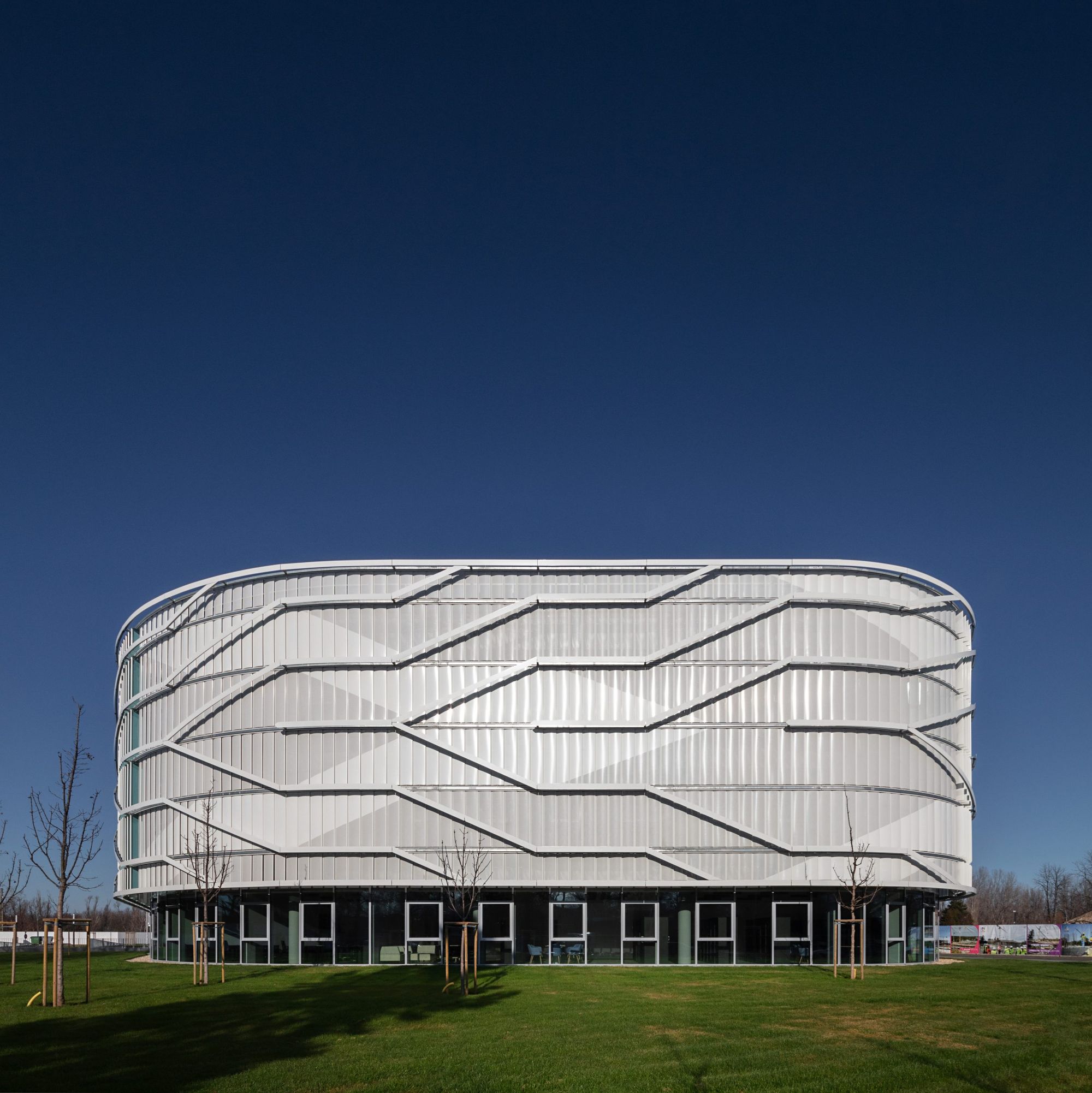

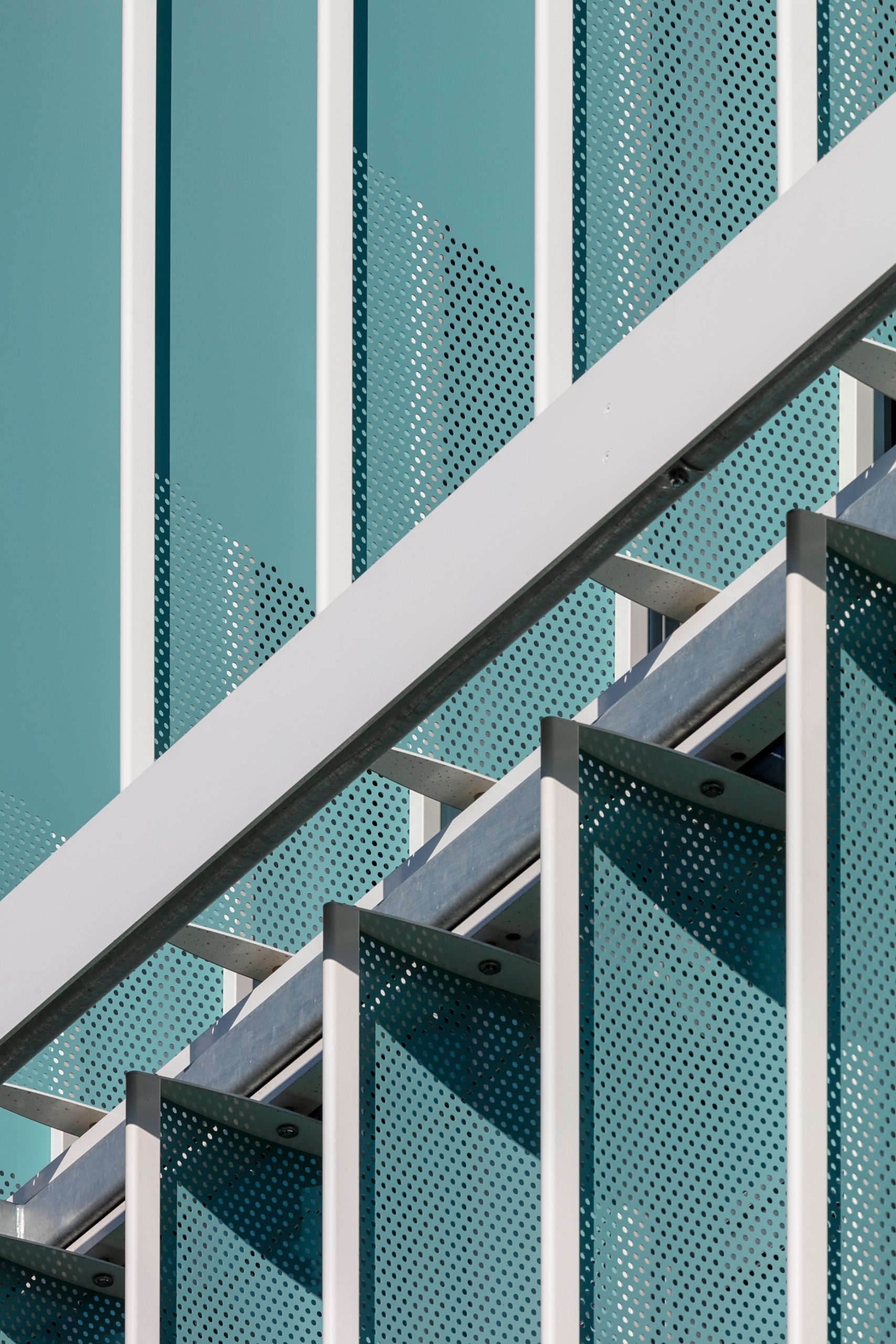

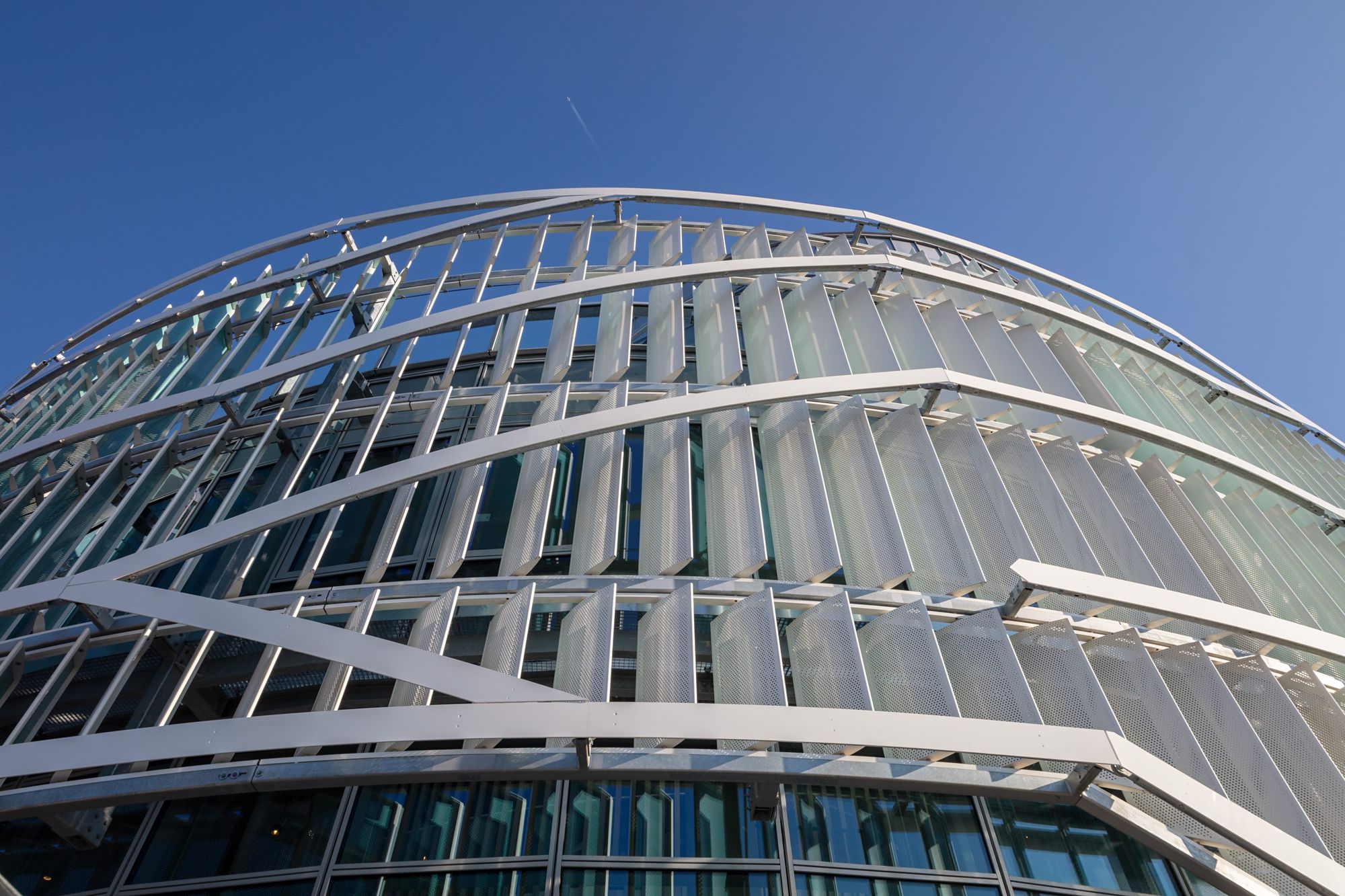


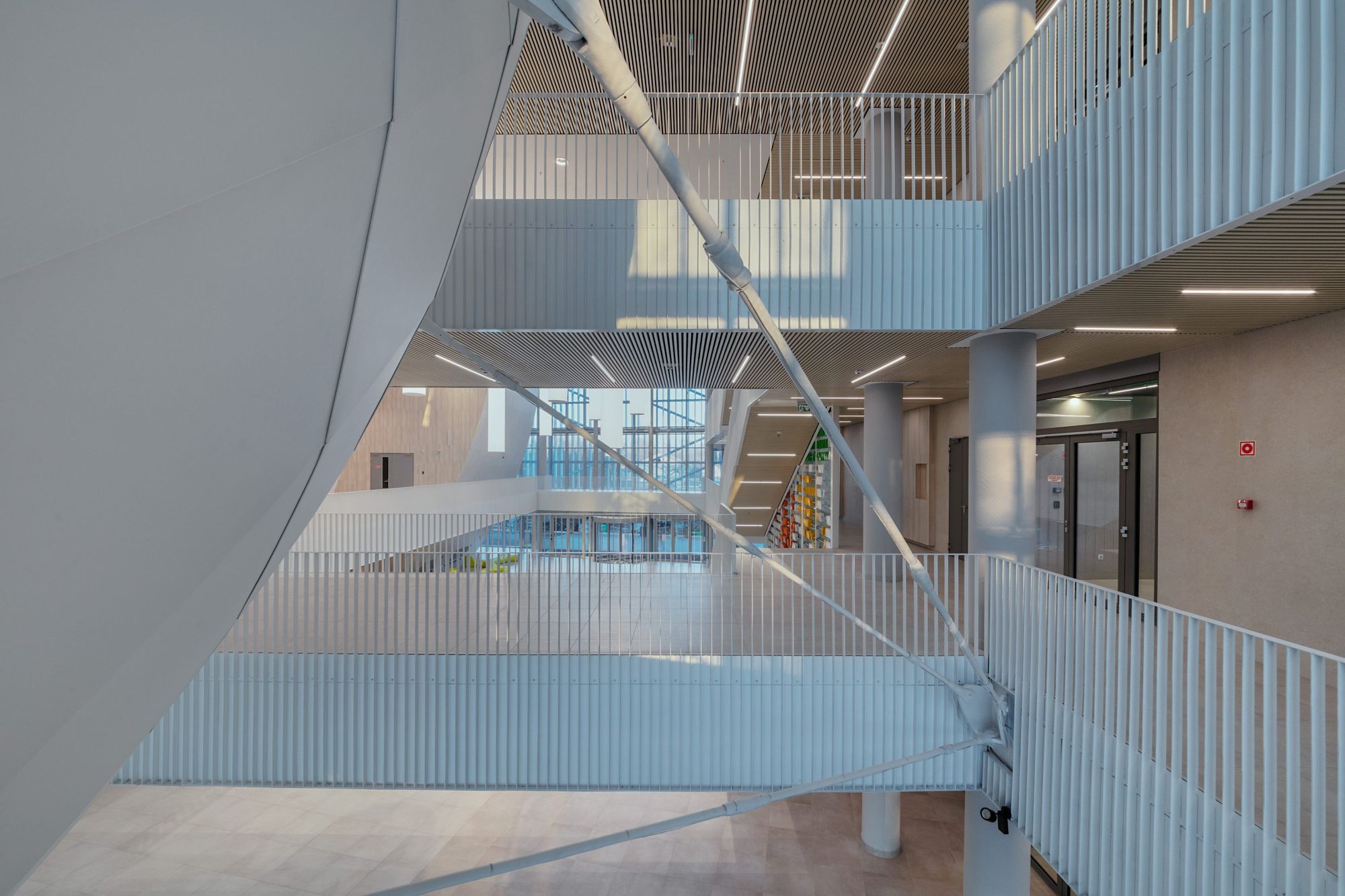
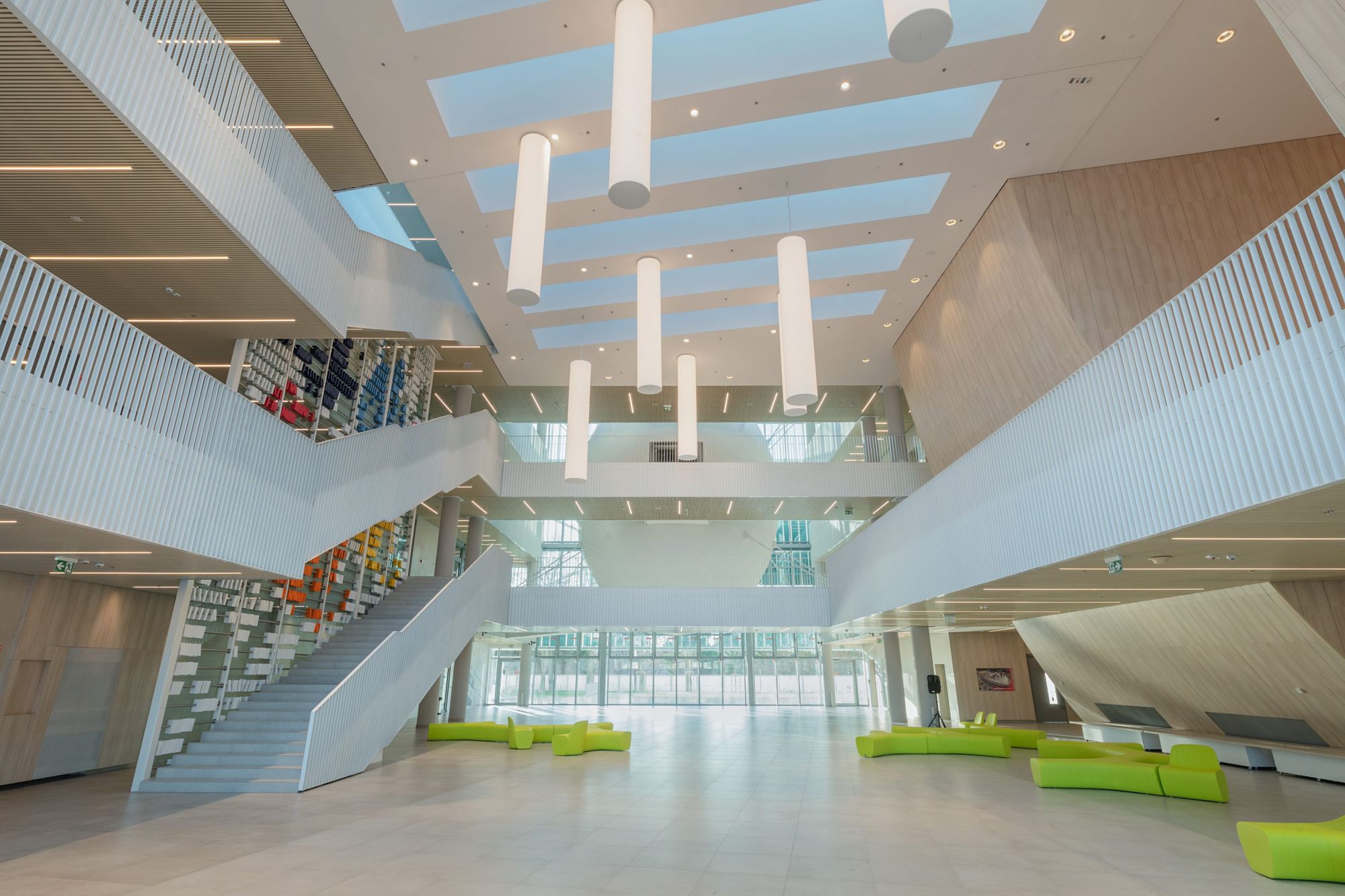
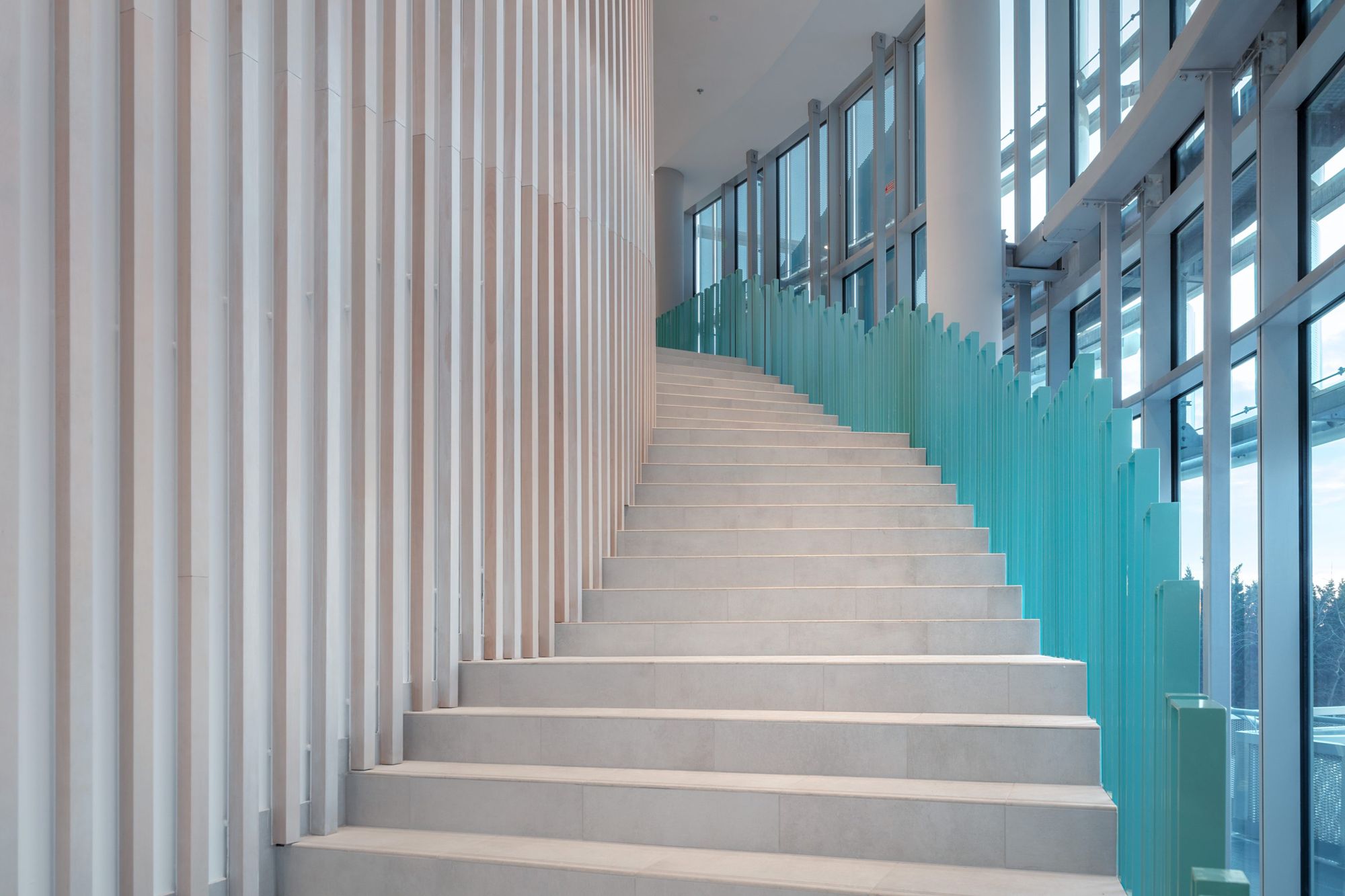
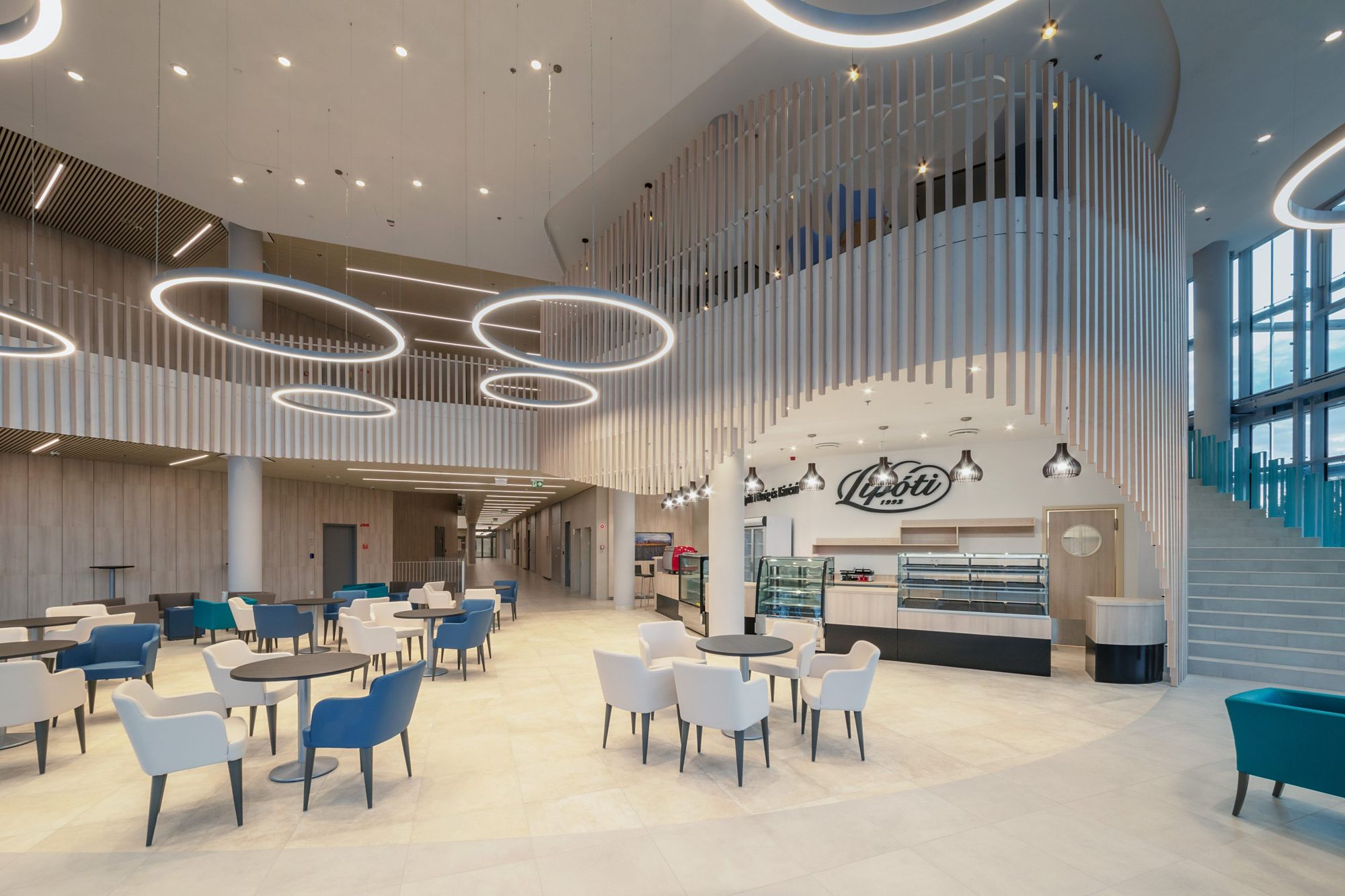

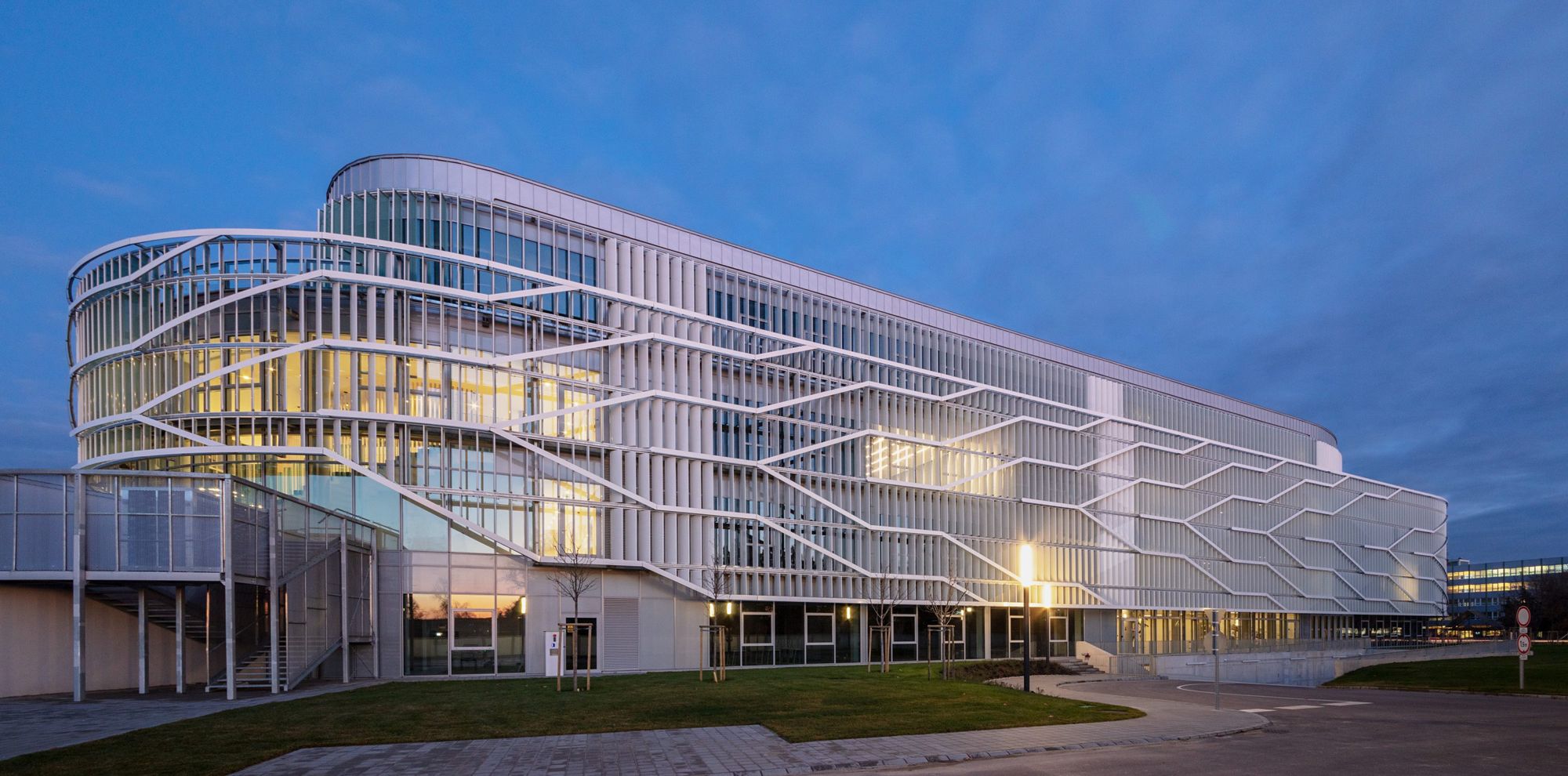
Bánáti + Hartvig Architects | Web | Facebook
LIMA Design | Web | Facebook | Instagram
Photos: Tamás Bujnovszky
Source: press release

The triumph of Hungarian pasta—Nudli Pasta Canteen and Angéla Góg’s Laska project

Plastic waste turns into gems of interior design | Afterlife










